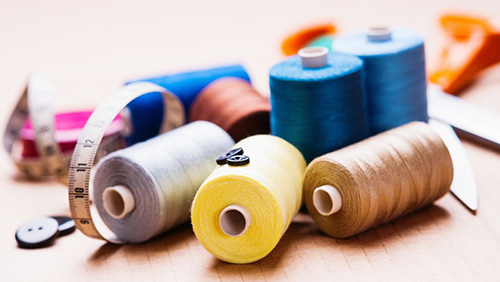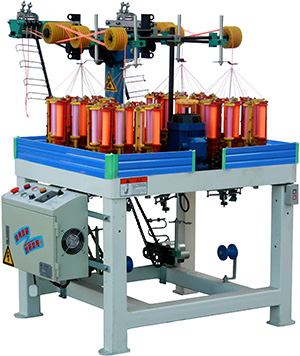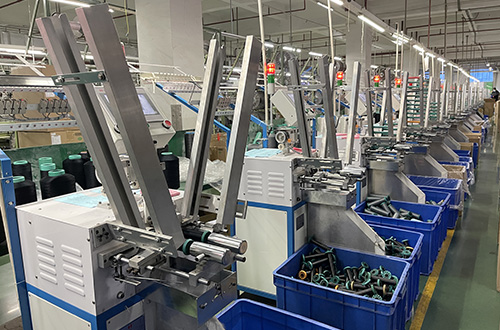08 Jul 2022
Rope has been around since ancient times. The appearance of rope can be traced back to at least tens of thousands of years ago. When humans began to have the simplest tools, they would twist and twist grass or small branches into ropes. People used it to tie up wild animals, tie thatched cottages, and make belts to tie grass skirts... Then, there was a "knotted note", which recorded events with knots of the size of the rope. Knotting notes is a method of note-taking that people used before the invention of writing. That is, tie a knot on a rope to keep records. In ancient times, the Chinese and Peruvian Indians in the Ming Dynasty had this habit, that is, in modern times, some ethnic groups without writing still use knotted notes to record information. With people's pursuit of perfection in life and the rapid development of industry, the rope has been twisted from the previous several strands into two strands, three strands, 8 strands, 16 strands, 24 strands, 32 strands, and 48 strands. The texture is getting more and more detailed and beautiful, and it can be woven together with one color or multiple colors regularly, the color is more impressive, and the materials are available, such as hemp, brown, polypropylene yarn, polyester yarn, cotton yarn, nylon yarn and other fibers or metal weaving. Development, life is everywhere and becomes an indispensable item. So how is the rope produced ?

In the beginning, it was all compiled by hand. Because of the development of science and technology, we can now use high-speed walking machines to replace labor to produce ropes. It can save manpower, time, and be more efficient. It can be said that the emergence of high-speed walking machines can be said to further promote the development of the textile industry. Even the high-speed horse riding machine reduces the consumption of manpower. However, due to the different lengths of the yarns on the original bobbins, workers are required to frequently replace the bobbins, which not only wastes the yarns, but also consumes a lot of manpower and time. Because, smart people have developed a winding machine. The advent of the winding machine allows the yarn to be wound on different bobbins with the same length. When the yarn bobbin is placed on the high-speed horse, people only need to change the yarn bobbin at one time. The frequency of replacing bobbins can be greatly saved. Improve the utilization of materials and the efficiency of product production.

The new type of textile winding machine replaces the traditional manual winding machine and yarn splitter, and uses the yarn bobbin to automatically draw the yarn. As a special textile auxiliary equipment for knitting machines, it is a textile yarn splitter that can be wound at high speed and improve productivity.

Compared with the traditional manual yarn splitting machine, the new textile winding machine has greater advantages in high efficiency, accurate winding length, neat and beautiful arrangement of wires, etc. A new type of textile winding machine can be equipped with 6-8 knitting machines at the same time. The new textile winding machine is more suitable for the efficient operation of the current workshop. The traditional yarn splitter requires someone to watch the machine and manually change the material and cut the thread. The new type of textile winding machine automatically changes tubes, saves materials, automatically changes materials, saves labor, and does not need to be guarded for a long time independently. The equipment adopts a fully automatic PLC control device, which has a high degree of automation, and the induction conveys the machine status and responds in a timely manner. It has the function of counting code, and the length of the drawn yarn is uniform, which can reduce the phenomenon of stopping the machine and changing the tube during the operation of the knitting machine. The touch screen displays production, which is convenient for production management and control. It can also have the function of automatic splicing. The yarn package is automatically spliced and arranged neatly to prevent the yarn from falling off the bobbin and being stained, collided and loosened. The cutting and method can be selected according to the different materials of different yarns to ensure that the woven rope is complete and clean. Multiple yarns can be wound at the same time according to the needs of woven products. The automatic tube changing further deepens the degree of automatic production. Due to the existence of the automatic tube changing device and the aluminum tank, the labor is further reduced. The worker only needs to fill the aluminum tank with the yarn tube, and the machine will change the tube by itself during operation. At this point, workers can take care of many machines. Automation makes production routine, reduces the occurrence of manual accidents, and makes the production results more ideal.
Keywords: yarn winding machine
Originally published 08 Jul 2022, updated 08 Jul 2022.